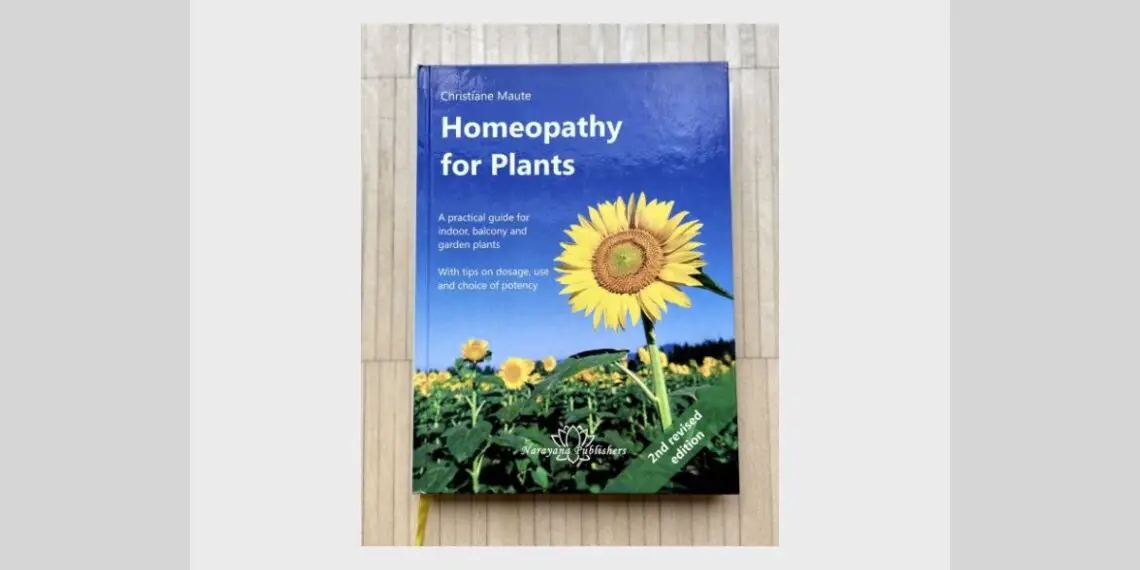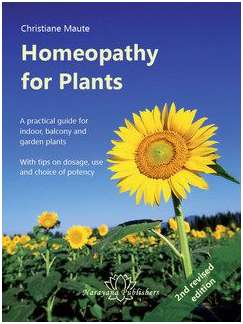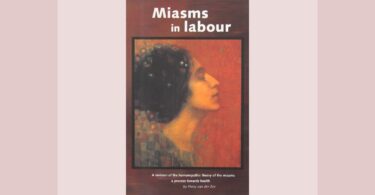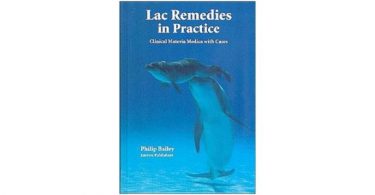 Homeopathy For Plants
Homeopathy For Plants
A Practical Guide for Indoor, Balcony and Garden Plants
With Tips on Dosage, Use and Choice of Potency
Second revised edition
Author: Christiane Maute
Published by: Narayana publishers
144 pages, hb
Price: $29
ISBN: 978-3-943309-21-8
Homeopathy for plants? Do plants, just like humans and animals, express symptoms that we can observe and use for making homeopathic prescriptions? How will we know that the plant is responding? Why tend to a sick plant? Why not just get rid of it and have a new and healthy plant in its place? If these questions are coming up in your mind, I am with you, but I urge you to patiently read this book, “Homeopathy for plants” by Christiane Maute, and when you are done, you will have answers to all of these questions.
This full color, hard bound book with an eye catching cover, five sections, and an appendix, is rather quite slender at 158 pages but it delivers a strong punch. The father of homeopathy, Samuel Hahnemann, is accorded a place of honor in the foreword.
Christiane Maute begins the book with a couple of amusing personal anecdotes about using arnica for injured plants and trying to change the views of a sceptic. In her earlier experiments with homeopathic remedies for her plants, she had suffered through the usual doubts that plague all beginners, ‘Will the remedy work? Will it affect the plant or the spider mite? Will the spider mite develop into a monster mite?’ However, despite such doubts, the sick plants transformed under homeopathic care and turned into healthy plants. These early events motivated Christiane to further use homeopathy for plants and eventually write this fascinating book.
After a quick introduction to the fundament laws of homeopathy, for example, the law of similars and the law of potentization, and a brief description of C and D potencies, Christiane goes deeper into the subject in chapter three of the first section and writes about practical methods for inquiring into what is ailing a plant. Apparently, it is important to investigate and discover the cause for whatever is ailing the plants and then repertorize these findings. “Good power of observation” Christiane points out, is necessary, though she recognizes that often the cause of illness will be illusive and we will have to go by our own interpretation / guess. She warns strongly against use of homeopathic polypharmacy and favors using one remedy at a time, in a truly classical fashion. Further tips include how to prepare the dosage and administer C as well as D potencies and what to do when symptoms relapse, or when a chosen remedy ceases to be effective.
Section 2 of this book begins with a universal concern of modern times: the decline in bee population. It is well known that we need a healthy population of bees for pollinating our crops. It has been observed world-wide in recent years that the bees are declining in number, their colonies are collapsing and their health is getting worse. In this particular area, Christiane shares an important observation and experiment. Back in 2007, she had a robust cherry tree in her garden that was loaded with flowers awaiting pollination. The bees arrived on time, but they looked “unkempt”, “nauseated” and “confused”. The smooth brown and yellow fur of these bees looked ruffled and they appeared to be undernourished. The “unkempt” and “confused” bees would come near flowers and buzz around, but were unable to alight on the flowers and pollinate them. There were a few commercial orchards nearby and Christiane suspected that the heavy chemical spraying in these orchards were making the bees ill. The odd behavior and appearance of the bees prompted Christiane to use Nux vomica 30c on her cherry tree. To her delight, she observed that the bees started getting healthier and completing the process of pollination, even though the commercial orchard continued to complain about sick bees that were not doing their job. Apparently Nux helped bees recover from the effect of chemical sprays used in the commercial orchards. They were now able to pollinate the cherry blossoms.
Further along in this section, we learn about application of homeopathic remedies for dealing with ants, aphids, caterpillars, scale insects, spider mites and white flies, each capable of infesting plants and ruining our gardens. Sometimes the only recommended solution is total burning of the infested plant, but with homeopathic remedies these plants can be nursed back to good health and the unwelcome pests can be made to go away. There is an interesting description of how to prepare a nosode from slugs and use it to eradicate slugs from the gardens.
In a compromised state of health, plants can also be susceptible to various microbial pathogens – fungi, bacteria and viruses. How to diagnose and treat infected plants is presented in section three of this book. Use of Lycopodium 30c for treating black spots on leaves caused by a bacterium is just one example. There is also a mention of how to treat cancerous growths in plants.
What to do when signs of illness (visible symptoms) are observed? These signs could be precipitated by various environmental factors, such as too much rain, frost, excessive direct sun, poor type and nutritive quality of soil, over watering, drying and the impact of mobile communication (electromagnetic radiations) and so on. These factors may elicit signs like stunted growth, excessive growth, deformity or even cancers. Practical ways of dealing with these issues is given in section 4.
Section five is lovely to read. For professional homeopaths who are used to reading 2500 symptoms for any given remedy, this section may come as a surprise…the materia medica comprises of precise and clear indications for an alphabetized list of 42 remedies from Aconitum to Zincum met. There is also a list of 13 remedies for use on special occasions. Personally, I found this miniature materia medica highly practical and amusing.
The appendix is rich with content and if you are thinking about trying homeopathy for your garden you can do so right away. Christiane has recommended various remedy kits available for purchase from Narayana publishers.
The most charming aspect of this book is that in the end, you can take a peek at the repertory that deals with plants and their symptoms when they are confronted with special issues such as diseases, infestations, injuries etc. and read through the list of indicated remedies that come up in the repertorization. For a quick reference the book also has an alphabetical index.
This book is designed and set tastefully. Almost every page either contains an attractive, to the point and colorful photograph or boxed “garden tips” and “special notes” that are like condensed capsules of gardening wisdom. These features are just the physical strengths of this book and its enduring appeal comes from Christiane’s personal and lived experience of using homeopathy for her plants. She has written this informative book quite lovingly and in a highly professional manner and Narayana Publisher ought to be complimented for cultivating such an enthusiastic author and giving her an opportunity to publish her work.
Though this book is scholarly, it is easy to read and comprehend. Someone with no knowledge of homeopathy, but just blessed with enough curiosity, could pick this book up and try his hand in treating his plants and gardens using homeopathic remedies. The resulting good health of the plants and their freedom from disease – all achieved without the use of toxic pesticides, herbicides, and synthetic chemical fertilizers – will ensure that the person will be drawn into exploring homeopathy in greater depths. I firmly believe that each book has its own destiny and a way of falling into the hands of a seeker.
I strongly recommend this book to professional homeopaths and lay practitioners, serious as well as amateur gardeners and all those people who love to read books on homeopathy.







Thanks Dr Vatsala for having wonderful review about the book. We think of giving remedies to animals but it sounds like this book will definitely enlighten people to extend homeopathy to plants also.
Good afternoon, I am a biotechnologist and have been working with homeopathic preparations from plants and endophytic and exophytic fungi for a long time. I really want to give you and Christiana Maute my book, but I don’t know email. If you let me know, I’ll send my book to you and Christiana Maute. Dr., professor of biotechnology, Nugmanova Tatiana. My E-mail [email protected]